Slide show - Tilghman at 10
Photos of the top campus stories from President Tilghman's first 10 years in office
In the decade since Shirley Tilghman made her move from the faculty to Nassau Hall, the president has been at the heart of many of Princeton’s top news headlines. This year-by-year slide show captures the highlights – fundraising milestones, new programs and initiatives, a long and contentious dispute over a donor’s bequest, and more.


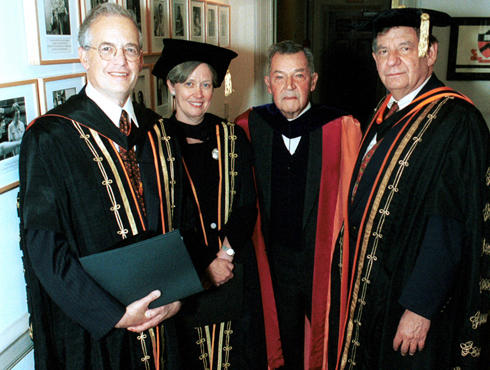
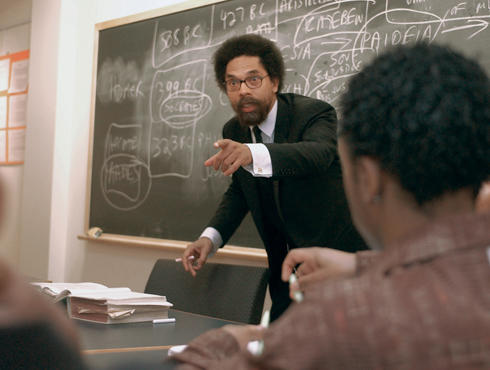
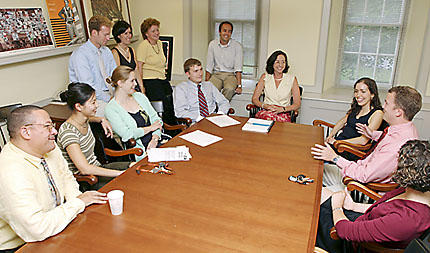
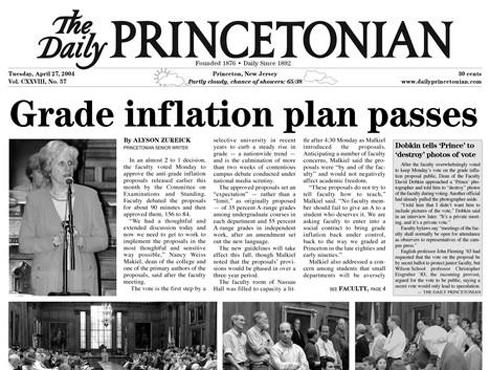
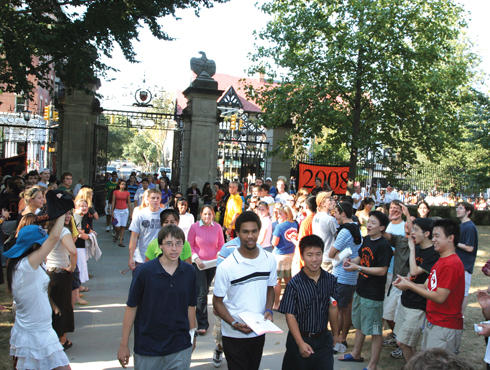
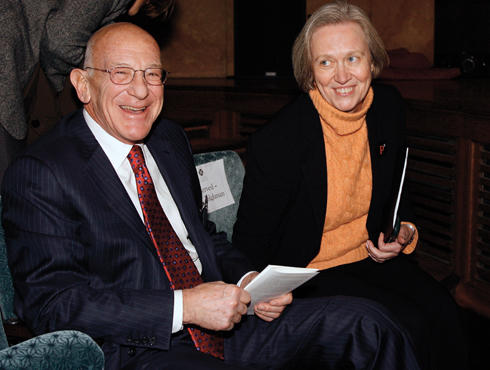

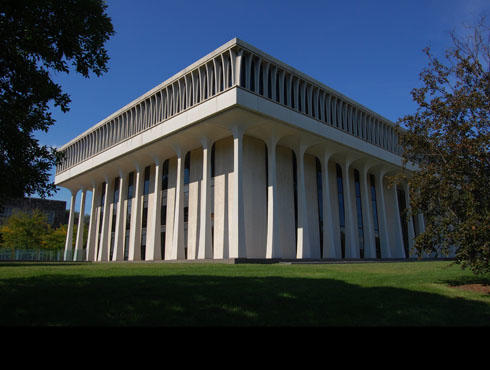
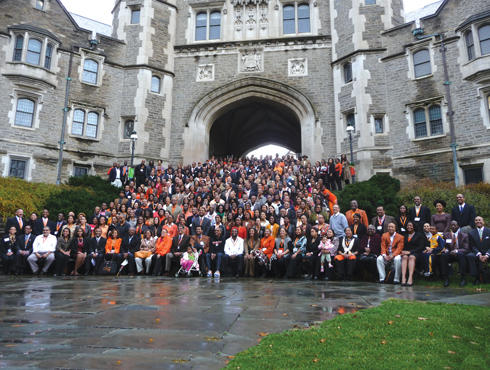
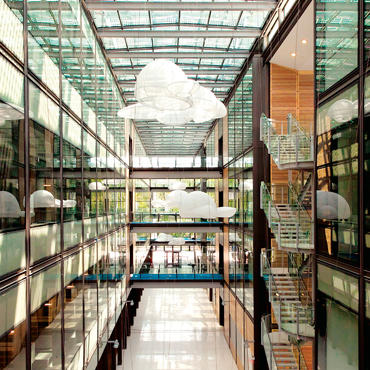
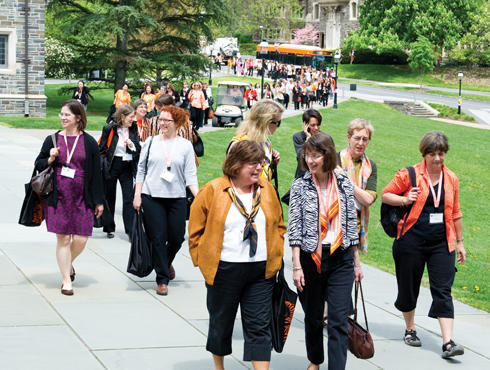









No responses yet